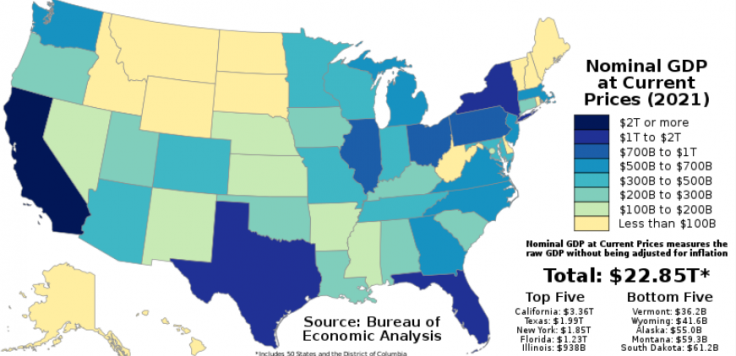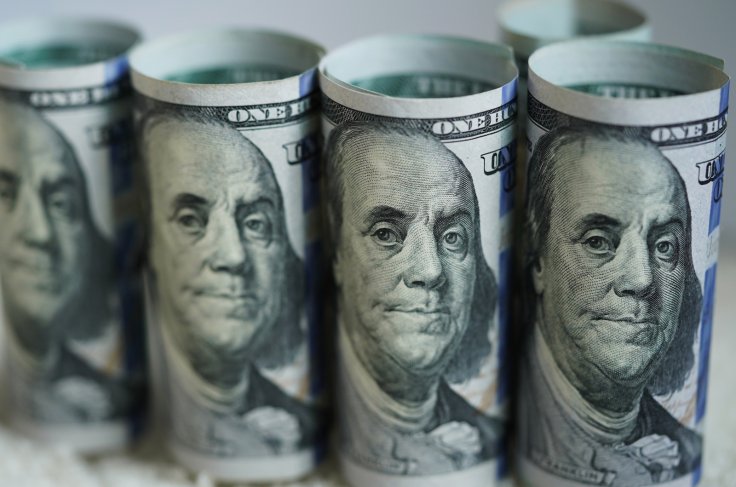The US economy contracted in the first quarter at a faster rate than anticipated earlier, according to the Commerce Department's data. The world's largest economy shrank at an annual rate of 1.6 percent in the first quarter, the data showed.
The contraction was more than the 1.5% previously reported. According to the advance estimate released in April, the GDP decline was 1.4 percent while the second estimate showed the drop would be 1.5 percent.

Significantly, the GDP contraction was the first since the start of the Covid-19 pandemic. "The update primarily reflects a downward revision to personal consumption expenditures (PCE) that was partly offset by an upward revision to private inventory investment," the BEA said in its press release.
Why the Drop
The drop has been attributed to a decrease in exports, drop in federal government spending aand private inventory investment, as well as a decrease in state and local government spending. At the same time, imports increased during the period.
"In the first quarter, an increase in Covid-19 cases related to the Omicron variant resulted in continued restrictions and disruptions in the operations of establishments in some parts of the country," the Department's Bureau of Economic Analysis (BEA) said in the report, according to IANS.
The report comes at a time when economists believe the US economy could plunge into a recession due to the high inflation, which has reached a four-decade high, coupled with the Federal Reserve's more hawkish stance.
US inflation, which soared to more than 8 percent to hit a 40-year high, has been primarily caused by the Russian invasion of Ukraine and the strain it caused on the global commodities markets.

"The economy is slowly sliding in the direction of weakness as consumers are buying less to keep GDP afloat," FWDBONDS Chief Economist Christopher Rupkey said in a note, according to Reuters.
Earlier this month, the World Bank last week lowered the rate of economic growth in the United States. It said it downgraded 2022 growth to 2.6 percent from 3.8 percent projected earlier. The bank said the Russian invasion of Ukraine has heightened the chances of stagflation and the threat for the US real and present.








